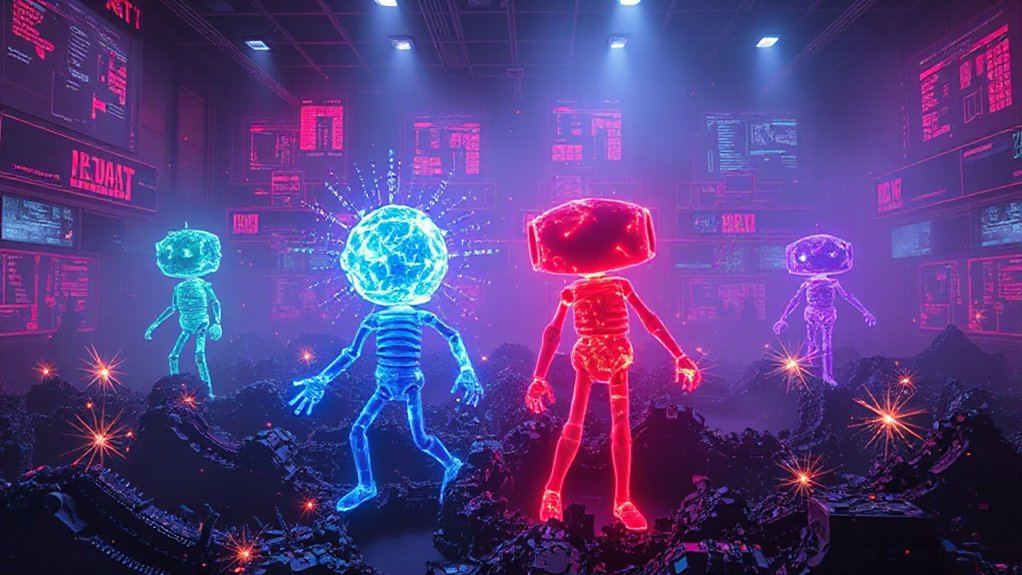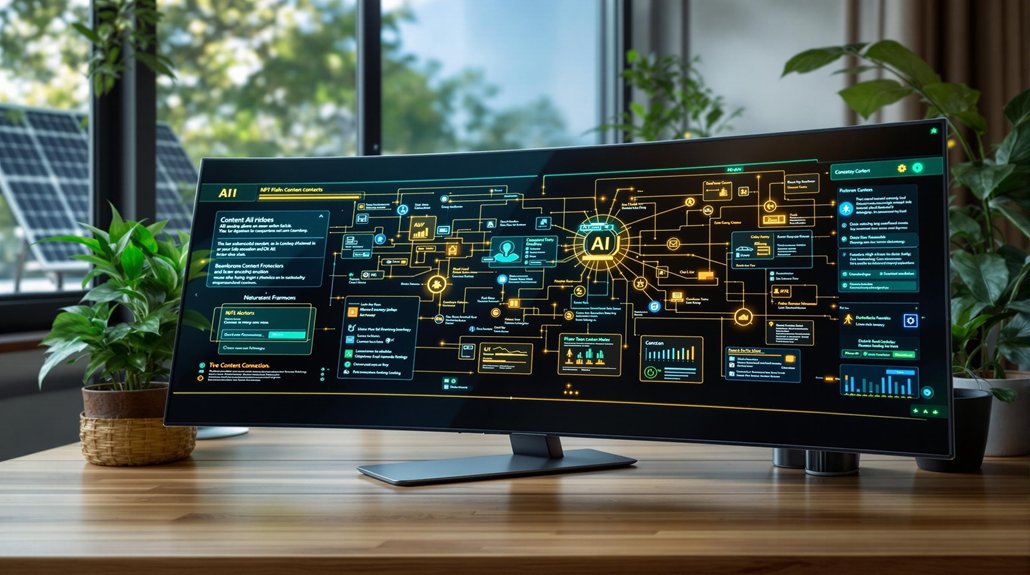How is the internet changing in 2025? A new generation of AI-powered browsers is transforming how people interact with the web. Unlike traditional browsers that simply display websites, these new tools can complete complex tasks on their own.
AI browsers are fundamentally transforming web interaction from passive viewing to intelligent task completion
The competition between AI browsers has heated up dramatically this year. Perplexity’s Comet browser leads the pack with agents that can independently browse and complete online tasks without user guidance. It’s available for free as of October 2025. OpenAI is expected to release its own browser soon, which will deeply integrate ChatGPT technology.
Brave with Leo AI offers privacy-focused browsing combined with intelligent assistant features, requiring no signup or payment. SigmaOS targets productivity-focused users, helping them manage multiple tasks at once. Opera includes Aria AI, which works like ChatGPT right in the browser, though it sometimes fails to complete tasks reliably.
There’s a clear divide in how these browsers work. Some, like Comet and Strawberry Browser, are “agentic” – they can make decisions and act independently. Others, like Brave Leo and Edge Copilot, are “smart helpers” that provide summaries and assistance but rely on users to navigate the web.
The differences between these browsers go beyond just features. Comet focuses on complete automation, while SigmaOS improves tab management for better multitasking. Voice assistants and privacy-focused AI are becoming key ways browsers stand out from competitors. These new agentic browsers are designed to anticipate needs through contextual awareness that remembers your preferences across websites.
Despite their promise, AI browsers face challenges. They don’t always work consistently, and some people find them difficult to use. The shift from speed-focused to intelligence-focused browsing represents the most significant change in browser technology since tabs were introduced. Cross-device syncing and productivity tools are becoming essential as these new browsers try to compete with Chrome’s established ecosystem.
As 2025 continues, the battle between these AI browsers represents more than just new software – it’s a fundamental shift in how people will use the internet, moving from passive browsing to active AI assistance. Many of these browsers incorporate real-time monitoring capabilities to protect users from emerging cybersecurity threats.
References
- https://www.smiansh.com/blogs/ai-browser-war-2025-agentic-browsers-challenge-chrome/
- https://www.youtube.com/watch?v=iwZT1MJRTu8
- https://www.youtube.com/watch?v=dsjexWm6WXI
- https://beam.ai/agentic-insights/ai-browsers-are-here-comet-dia-and-the-coming-battle-for-the-web
- https://research.aimultiple.com/ai-web-browser/
- https://techcrunch.com/2025/10/21/as-the-browser-wars-heat-up-here-are-the-hottest-alternatives-to-chrome-and-safari-in-2025/









